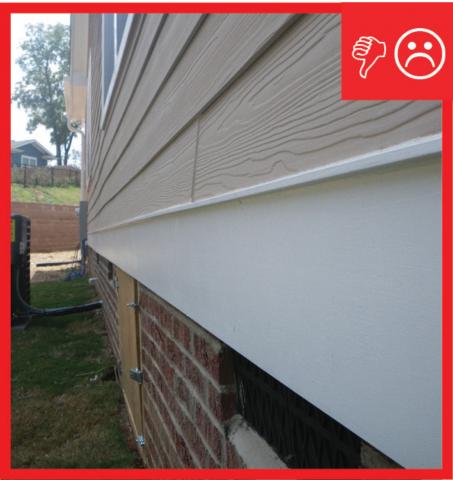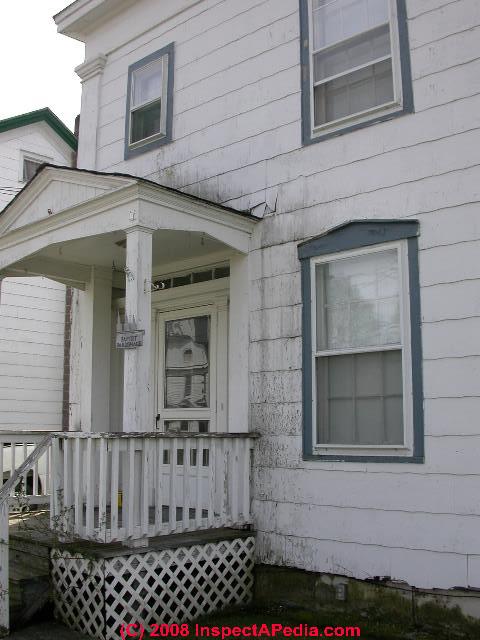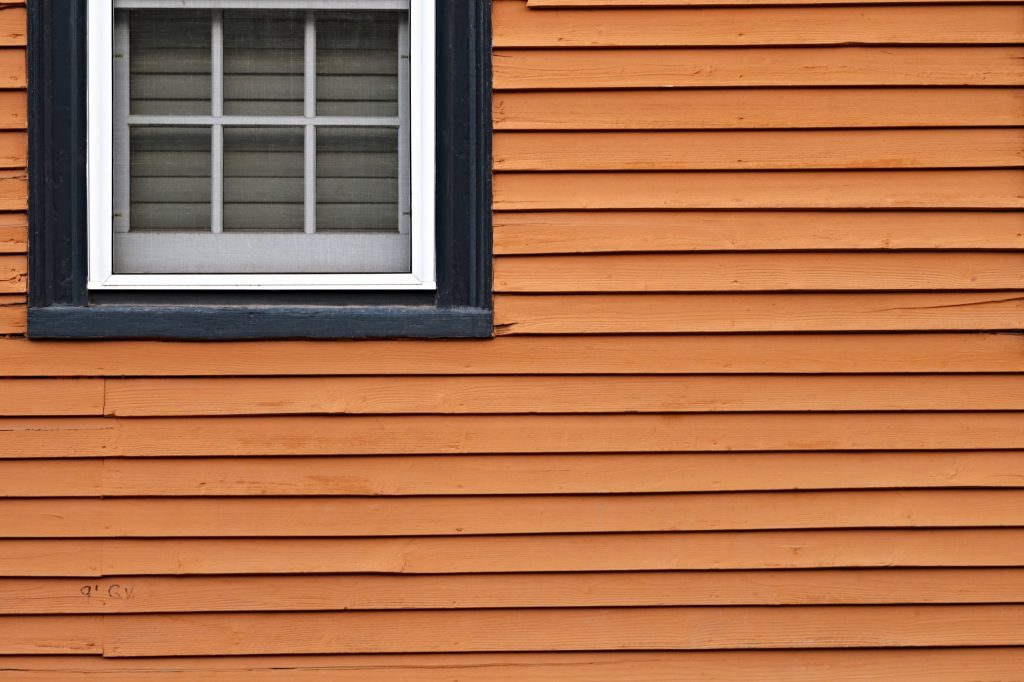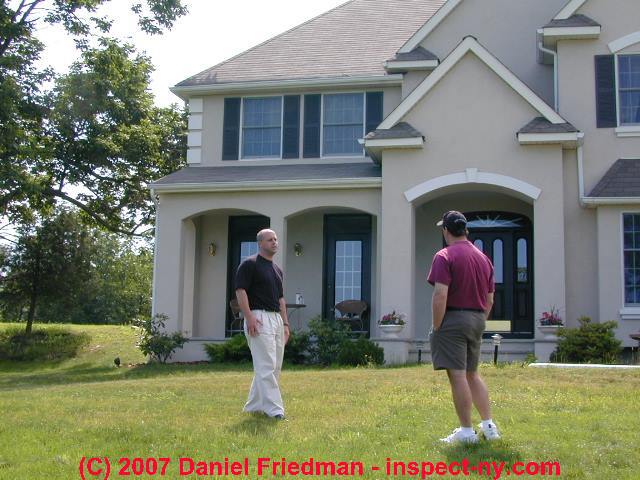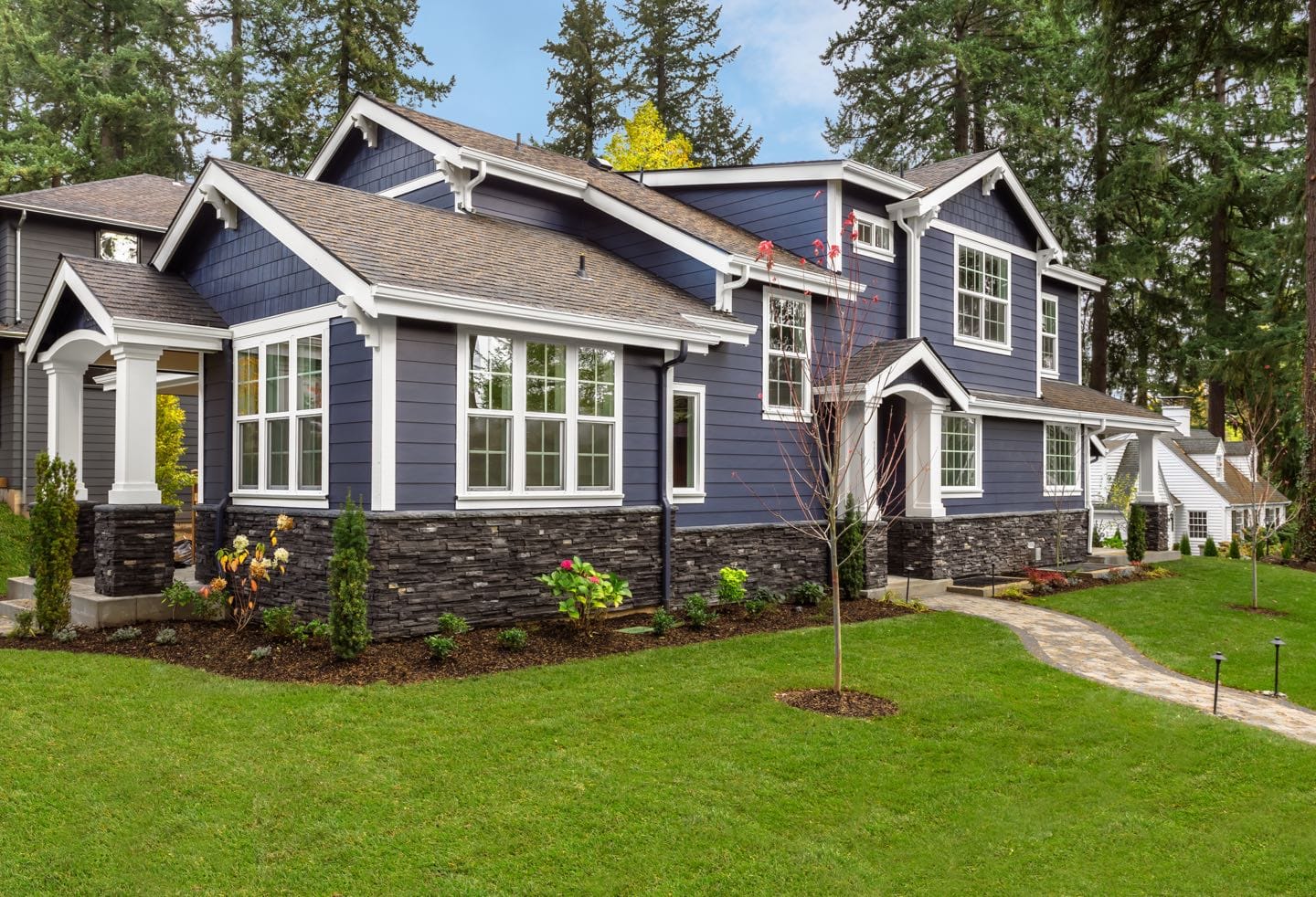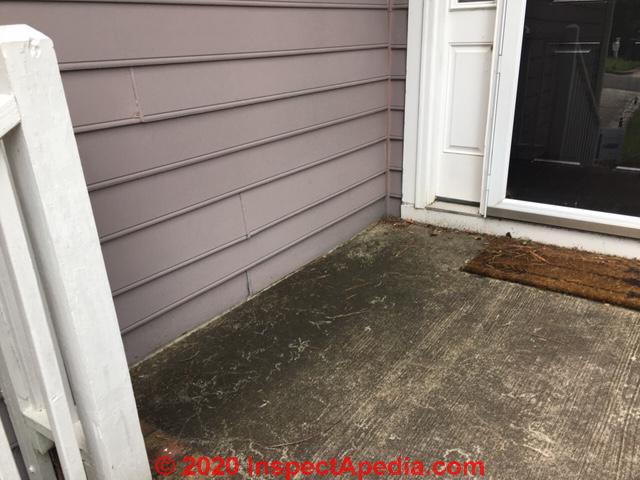Average Wall Thickness Aluminium Siding

Aluminum siding styles are very similar to vinyl siding styles though you won t find as many varieties.
Average wall thickness aluminium siding. 0 055 the pros of thicker siding 1. Exterior wall thickness varies depending on the exterior finish siding and brick facing. These materials offer benefits not available to t1 11. 53 gauge siding is more expensive but the cost is outweighed by the life expectancy of the siding.
2 by 6 studs are typically used in walls that contain plumbing making those walls 6 5 inches. For your exterior walls that are not metal you will be attaching a hardy cement board or osb to the external walls you frame out. Steel siding costs a bit more than aluminum depending on the market. Aluminum siding total average cost per square foot.
Horizontal aluminum siding has the look of lapped wood with each sheet of siding including 2 3 laps. 28 gauge steel has an average thickness of 0187 minimum 0157 and 26 gauge is 0217 minimum 0187. Standard 2 by 4 studs are 3 1 2 inches wide and drywall is 1 2 inch thick so interior walls are usually 4 1 2 inches thick. The recommended maximum is 12 inches.
This should put the cost at about 2 52 a square foot. Cheap aluminum siding is 0 4 inches thick commonly referred to as 40 gauge aluminum. For example one square foot is about a quarter inch thick weighs just under 3 6 pounds. The material was especially popular from the 60 s through the 80 s while a lot of other materials have now entered the market place and become much more popular including vinyl siding aluminum siding and others.
29 gauge steel the standard in the post frame industry has an average thickness of 0172 of an inch with a minimum of 0142. I would strongly recommend you hire a licensed and insured siding contractor to perform the installation for you. The american iron and steel institute aisi publishes the accepted measurement standards for steel thickness. The standard is 44 gauge but homeowners who wish for the best in this type of siding will purchase the 53 gauge siding.
Exterior wall thickness depends on siding material. Top of the line siding. Both horizontal and vertical styles are available. The typical interior wall thickness in newer construction using 2 by 4 studs and half inch drywall is 4 5 inches.
Cost can add up quickly especially if you re a novice and have never attempted a aluminum siding installation before. Common styles are double 4 double 5 lap and double 6 commonly referred to as. The thickness of interior walls is dictated by stud width and wall covering.





